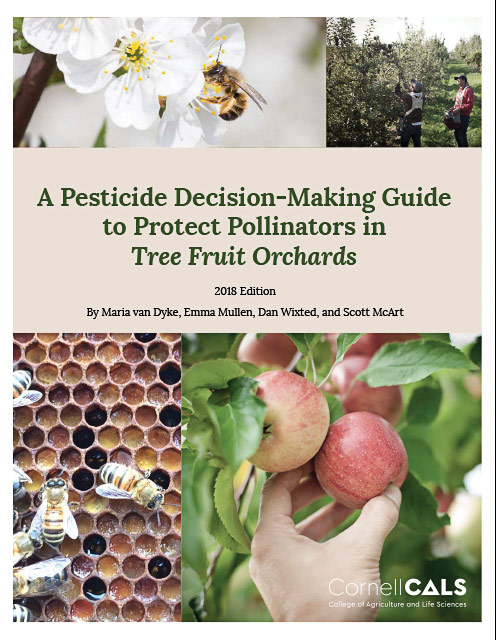Update to Pesticide Guide that Aims to Reduce Risk to Pollinators
 |
The Pollinator Network at Cornell and the Cornell University Department of Entomology, in consultation with the Cornell Pesticide Management Education Program, recently released the 2018 edition of the Pesticide Decision-Making Guide to Protect Pollinators in Tree Fruit Orchards.
Managing pests while protecting pollinators can be a balancing act. Both components are essential for a successful harvest, yet they can sometimes be in conflict with one another. Pollinators (mostly bees) are busy pollinating orchard blossoms at the same time growers need to be managing specific pests and diseases.
The guide summarizes reported pesticide effects on pollinators as of October 2018, presenting the most up-to-date information about the impacts of fungicides, insecticides, microbicides, and growth regulators on bees that pollinate tree fruits.
View the entire guide as a PDF at neipmc.org/go/mxXC.
The Northeastern IPM Center promotes integrated pest management for reducing risks to human health and the environment. If republishing our news, please acknowledge the source (“From Northeast IPM Insights”) along with a link to our website.
